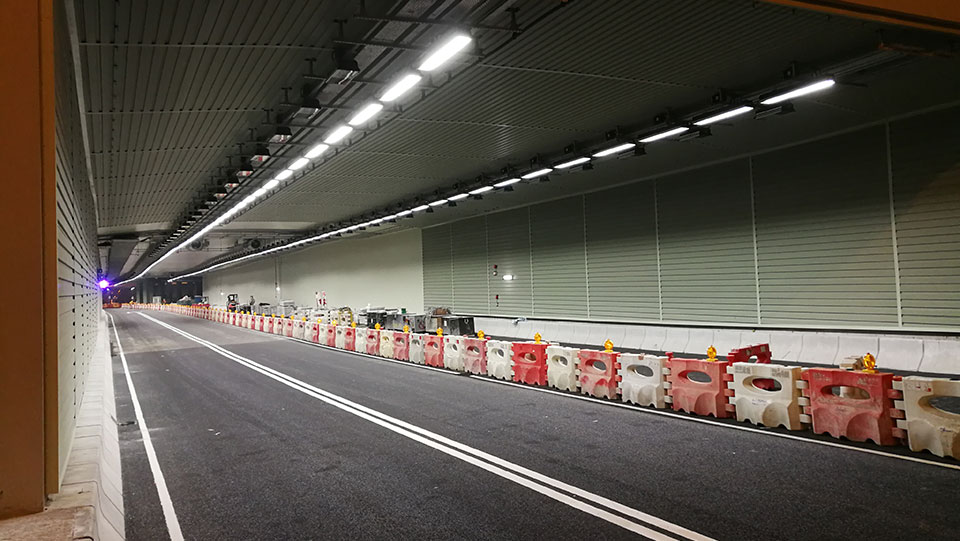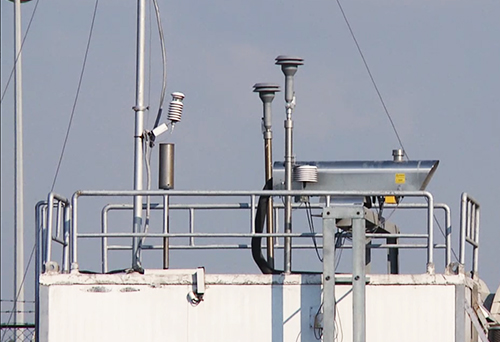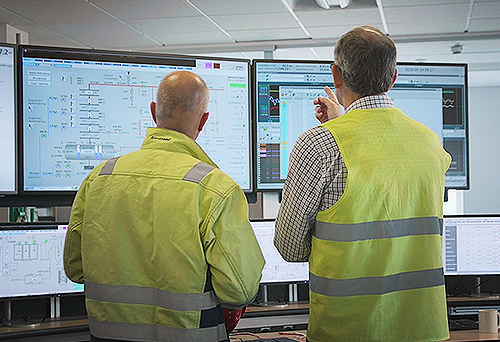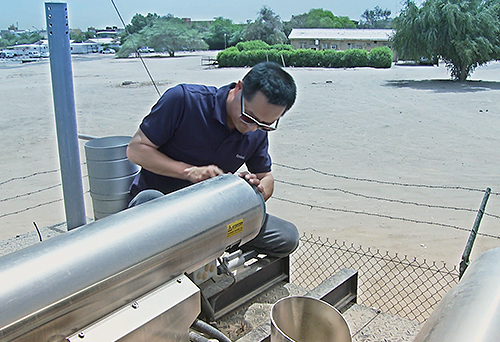Monitoring air pollution in traffic tunnels
The almost closed environment means that high levels of air pollution often occur inside the tunnels. The limit values for the pollutants are often higher in tunnels than in open ambient air because the exposure time is normally limited, but it may still be necessary to monitor that the limit values are not exceeded.
Traffic tunnels often have to be provided with ventilation to keep the levels of air pollutants below the applicable limit values. To save energy, however, it is common not to operate the fans more than necessary. Only when the pollution levels approach the limit values are the fans started and then they run until the pollution levels drop. The measurement results from the monitoring can then also be used as a control signal for the ventilation.
MONITORING NITROGEN DIOXIDE IN TUNNELS
In many tunnels, nitrogen dioxide (NO2) is the parameter that controls the ventilation because the NO2 levels are often the ones that first exceed the limit of acceptable air quality. However, monitoring in a traffic tunnel is a challenge due to the special environment and the requirements for accurate monitoring results both for air quality and for controlling the ventilation. It is also important that the monitoring system's maintenance interval is long because it is often complicated to gain access to the monitoring location.
OPSIS DOAS system offers gas analysis with high accuracy and low maintenance interval. In addition to NO2, other relevant gases can also be monitored, such as nitric oxide (NO), benzene, and formaldehyde.

GAS ANALYSIS WITH OPSIS
There are multiple reasons for choosing OPSIS as supplier of systems for gas analysis. Among the key benefits of the methods and solutions offered by OPSIS are:
- direct monitoring of NO2 with high precision
- long maintenance interval
- cost-effective, non-contact technology with open monitoring path
- calibration of gas only once a year
- low energy consumption
- thousands of systems installed worldwide
- certified by German TÜV, U.S. EPA, and others.




